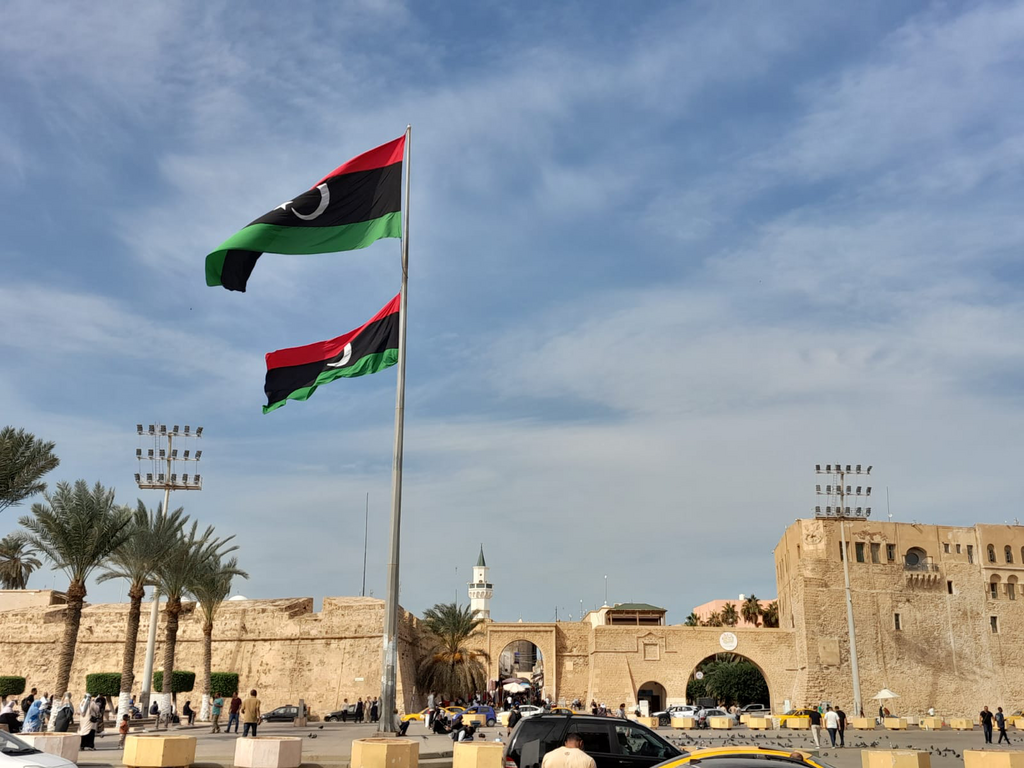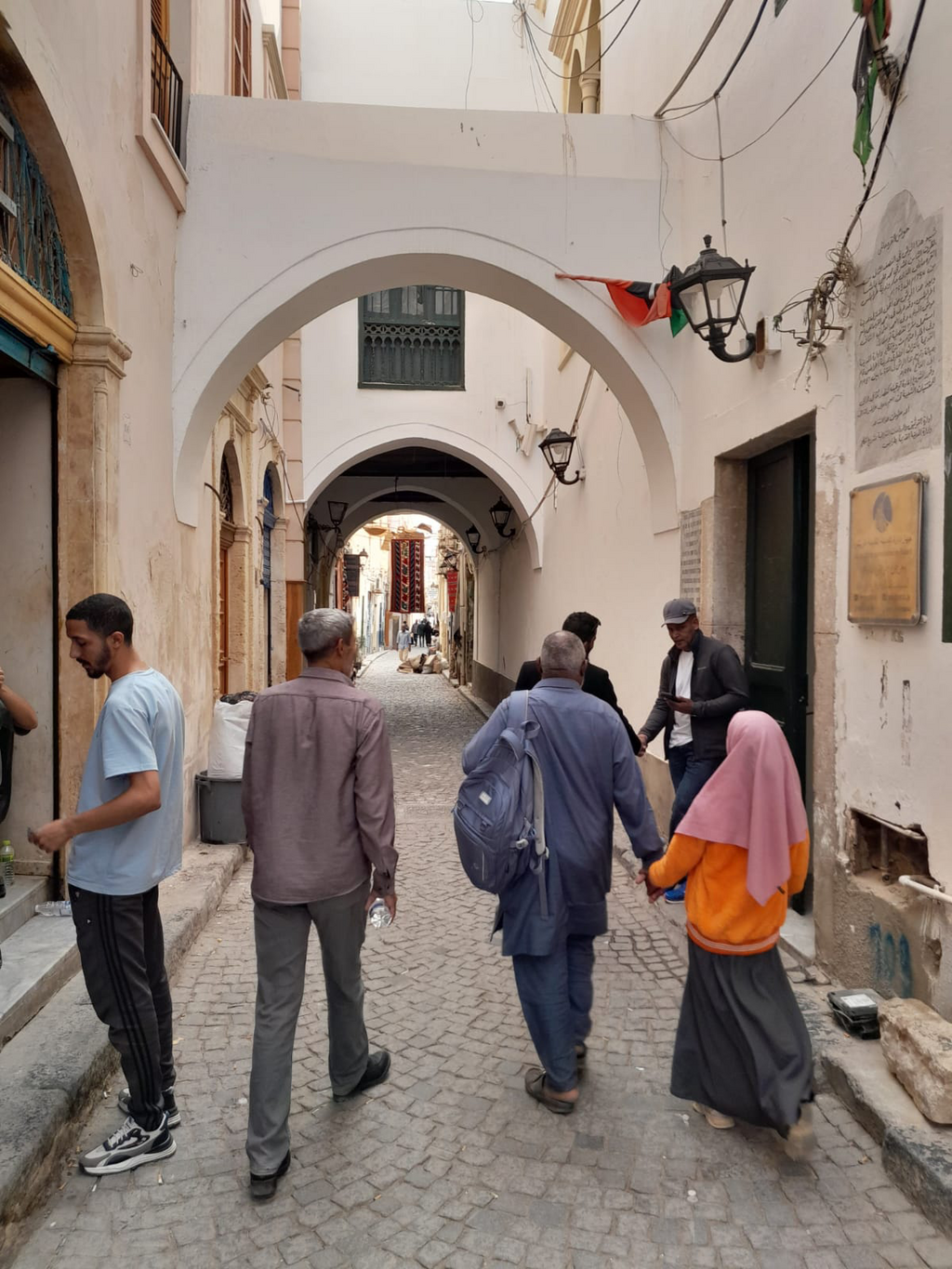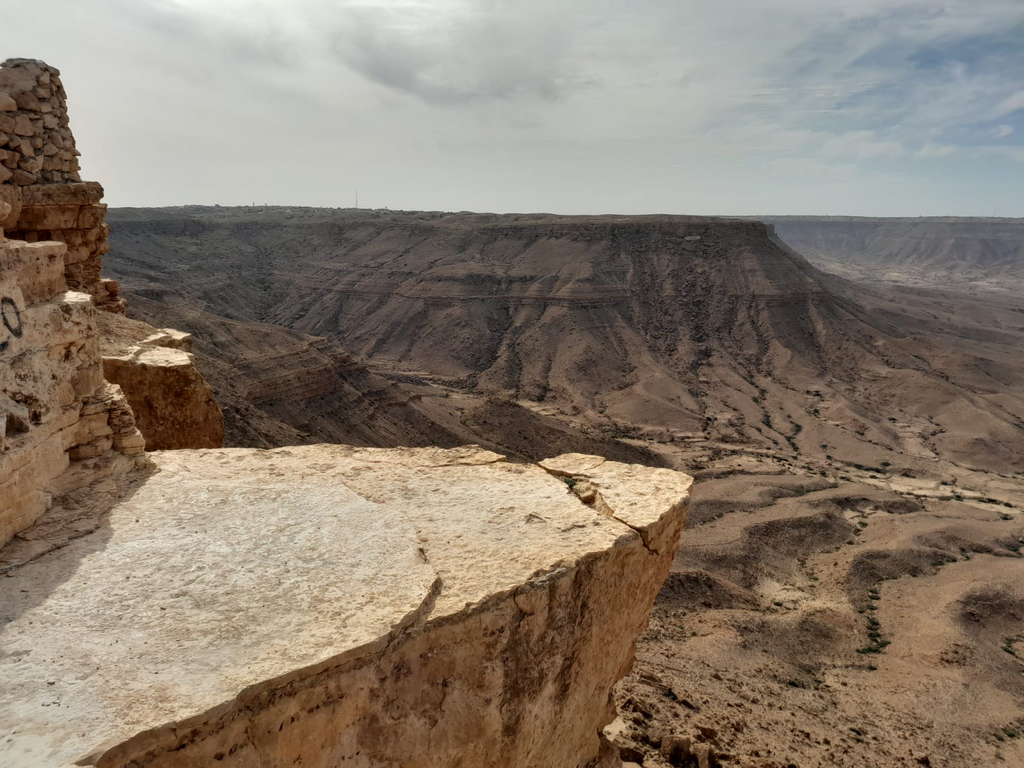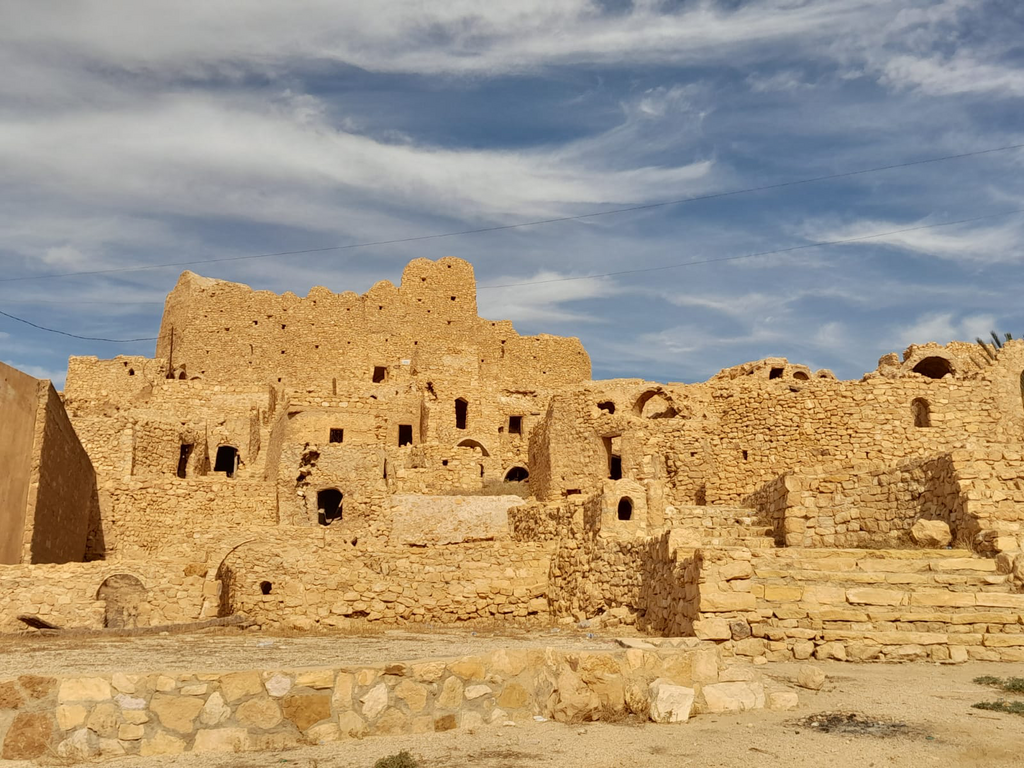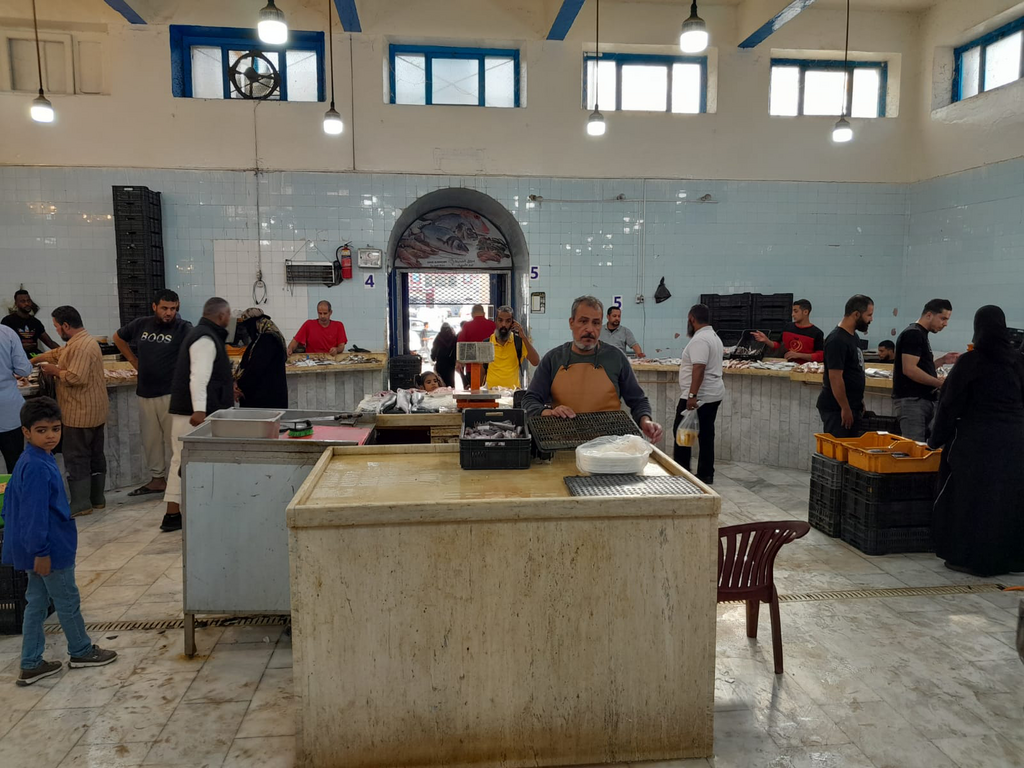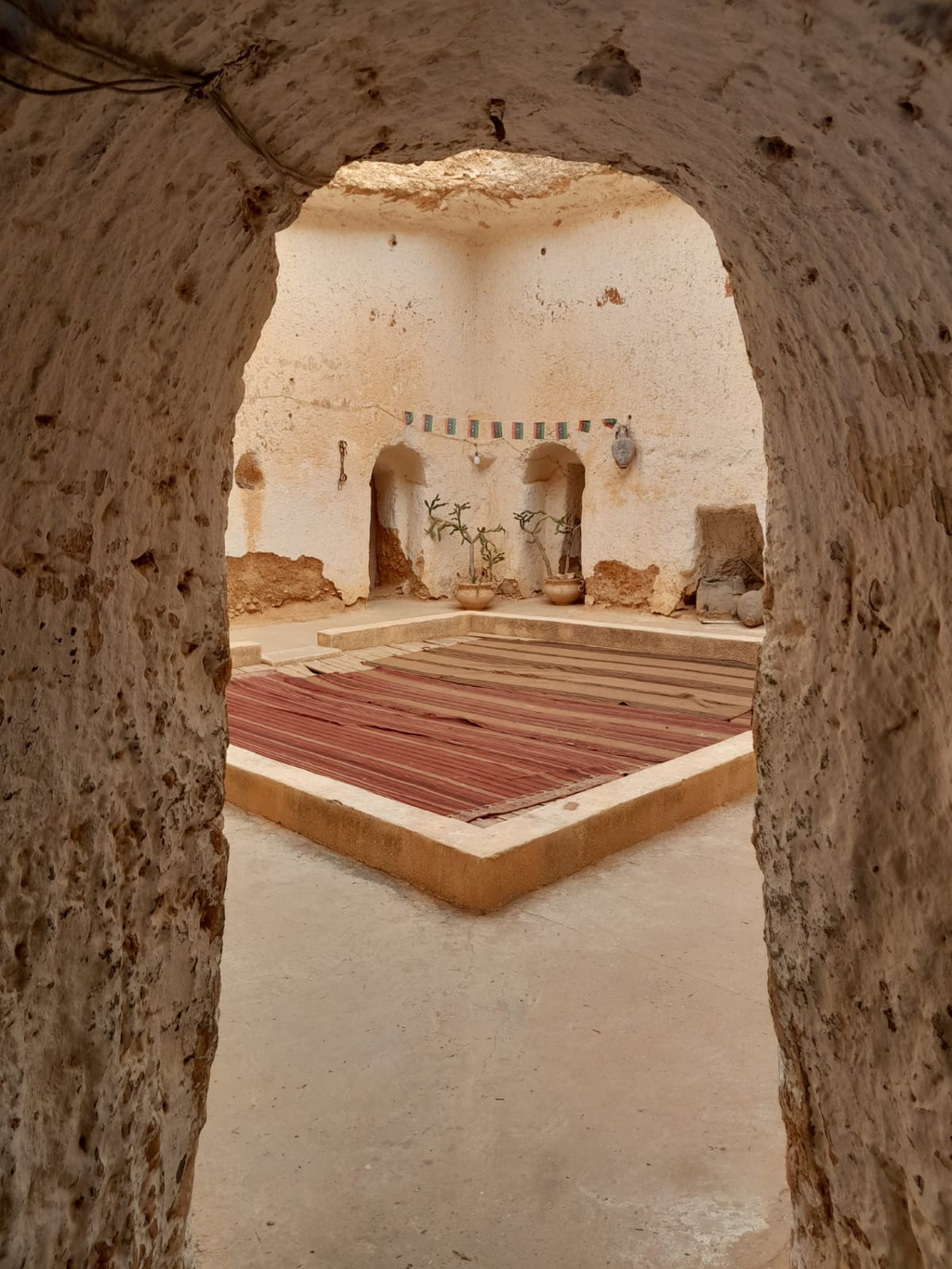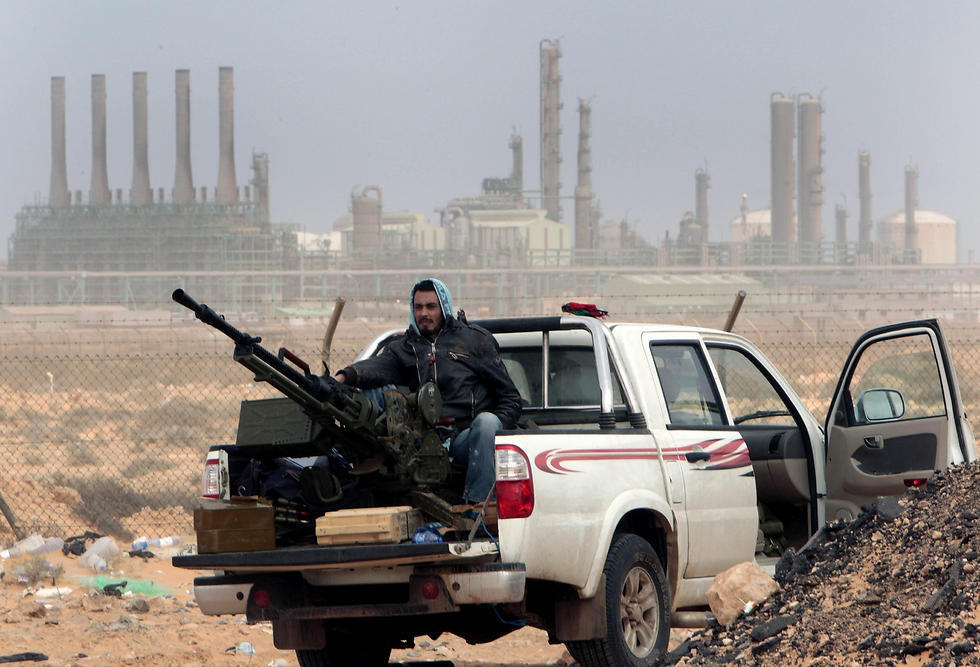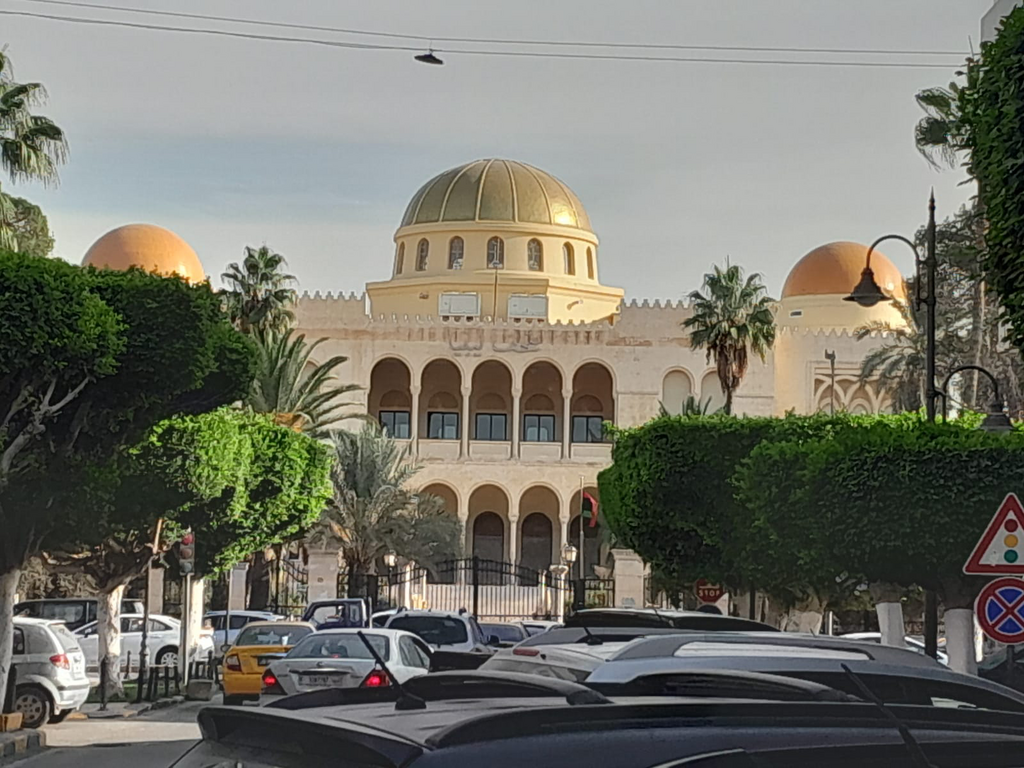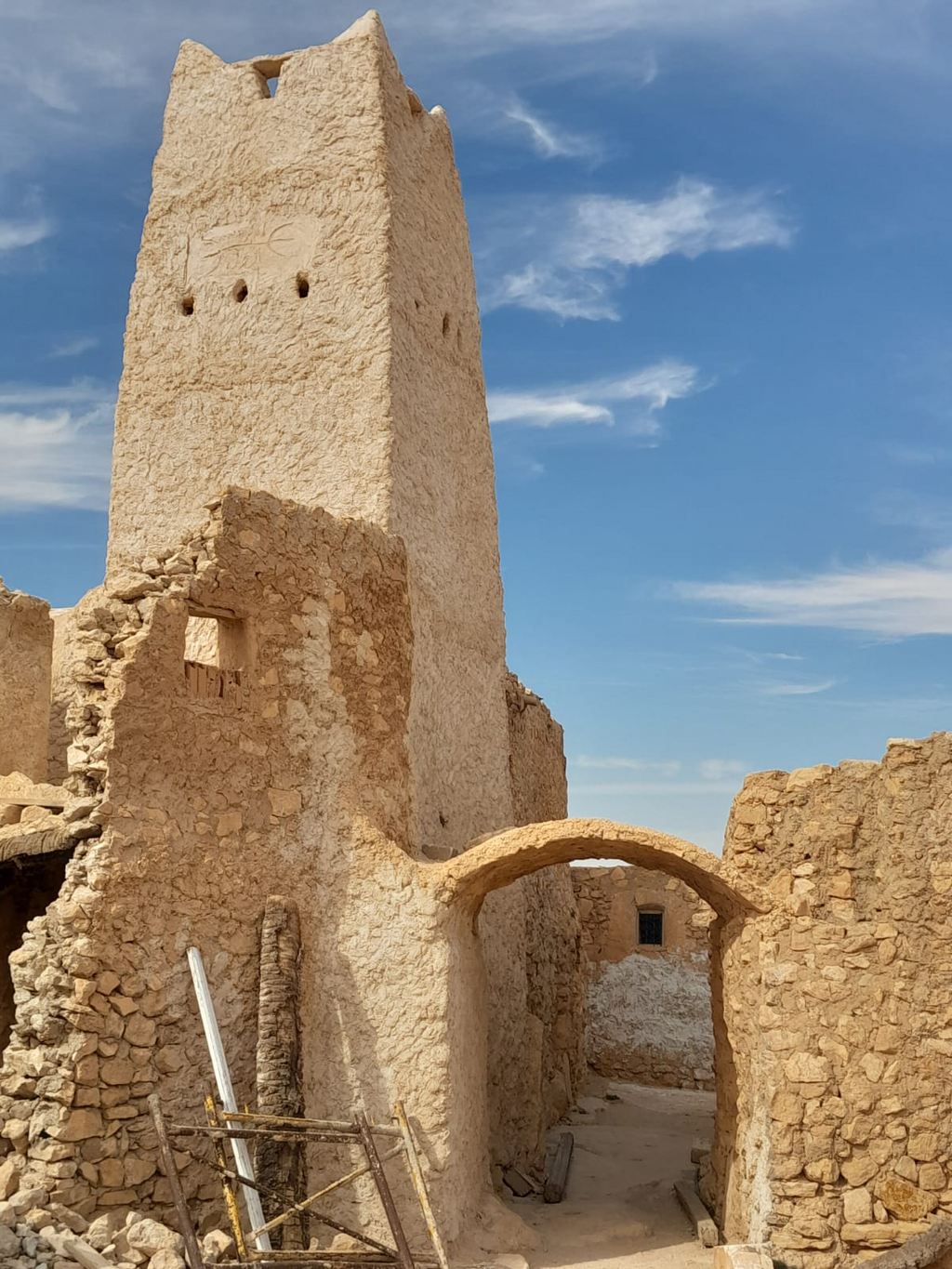Getting your Trinity Audio player ready...
January 2025. Matan (a pseudonym), an Israeli involved in humanitarian work, sets out on a business trip to Tunisia. His adventurous spirit, coupled with his foreign passport, leads him to make a bold decision: to embark on a rare journey into neighboring Libya—a country classified by the National Security Council as posing a “high threat.” The council advises against visiting Libya or even flying over its airspace.
"For many years, the country has been embroiled in a civil war, alongside extensive activity by many terrorist organizations, some with domestic agendas," the council’s website states. "Given that terrorist attacks occur frequently, the lives of Israelis visiting Libya would be at great risk."
Nonetheless, driven by intense curiosity and maintaining constant vigilance to avoid detection, Matan landed in his destination and set out to explore war-torn Libya—a nation that was ruled by dictator Muammar Gaddafi for four decades and, after a devastating civil war, has descended into anarchy.
In a conversation with Ynet, he recounts his extraordinary experiences during the extreme journey.
Between a cup of coffee and street shootouts
Matan landed at a military airport that, in Gaddafi’s final years, had been converted for domestic flights and now serves both military and civilian purposes. It functions as a substitute for Tripoli’s once-impressive international airport, which was burned to the ground during the civil war that broke out after Gaddafi’s fall.
“The small airport is currently being upgraded, but it still looks like a graveyard of aircraft wreckage from every era of the national airline. Some of them are riddled with bullet holes, especially the windshields,” he says.
“We landed at a small military airfield surrounded by security personnel. I arrived with a local guide, as tourists in Libya are required to be accompanied at all times. I was constantly on edge—every move, every conversation with a local, I had to think twice before responding. I was afraid of being identified as Israeli. By the way, even Tripoli’s residents seem pretty tense. There are countless checkpoints operated by different factions throughout the city, and you constantly have to show identification.”
Despite the tense atmosphere, Matan found Tripoli surprisingly clean and beautiful. “The Italian influence is evident in the architecture, the wide boulevards and the impressive buildings. Gaddafi had begun restoring the old Italian buildings, but all of that stopped with his death. Everything associated with him—street names, palaces—was simply erased, as if the man never existed. Locals speak about it in hushed tones, half-smiling, but it’s clear they miss the days when things were more orderly.”
“Tripoli is a city of contrasts,” he continues. “On one hand, it’s full of life, with bustling markets and busy cafés; on the other, violence between armed factions could erupt at any moment. Control over the city is far from absolute. Local militias operate checkpoints, collect unofficial taxes and even maintain their own military forces. The central government struggles to enforce its authority, and residents live between hope and constant uncertainty. Everyone wants stability, but no one really believes it’s coming anytime soon. The internal power struggles never end, and the fear of foreign interference only adds to the tension.”
Since the fall of Gaddafi in 2011, Libya’s political landscape has been defined by prolonged instability, deep internal divisions and extensive international involvement. The country is effectively split between the UN-backed Government of National Unity (GNU) based in Tripoli, and the forces of General Khalifa Haftar, who control the east with support from Egypt, Russia and the United Arab Emirates. Despite international efforts to promote political stability, ongoing power struggles, armed militias and the presence of foreign mercenaries have turned Libya into a battleground for competing foreign interests.
On the global stage, Libya remains a strategic focal point due to its vast oil reserves and geographic position between Africa and Europe. Western nations such as Italy and France are active in protecting their economic interests, while Turkey provides military support to the Tripoli-based government in an effort to secure influence in the region.
Following the collapse of the Assad regime in Syria, Russia transferred military equipment to Libya. Additionally, illegal migration has become a point of contention between Libya and the European Union, with local militias exploiting the country’s chaos to control smuggling routes across the Mediterranean.
‘There used to be Jews here, many Jews'
Tripoli, Libya’s capital and largest city, boasts a rich history spanning thousands of years, with a captivating blend of heritage, culture and architecture. Founded in the 7th century BCE by the Phoenicians, Tripoli flourished during the Roman period as a key commercial center. Remnants of that era remain visible today, including the Arch of Marcus Aurelius, built in the second century CE. Despite the current state of political anarchy, Matan discovered a city with striking architectural character.
Among the many impressive sites, one of the most emotional moments of his visit was a brief, anonymous stop at Tripoli’s Jewish synagogue. Matan recounts with great emotion how he stumbled upon information about the building’s somber fate entirely by chance—during a casual visit to a souvenir shop that also displayed authentic Judaica jewelry.
“I wandered into a small currency exchange shop filled with local trinkets—silver jewelry, beads and antique ornaments. Then I noticed a small shelf holding Judaica items: a silver Star of David, miniature menorahs and rings engraved in Hebrew.”
Despite the risk of being identified as Jewish, the bold and curious traveler decided to seize the rare opportunity and discreetly gather information about the remnants of Libya’s once-thriving Jewish community. Fortunately, the savvy shopkeeper, eager to make a sale, was more than willing to talk.
“The shop owner, an elderly man, noticed my interest in the Judaica and said, ‘There used to be Jews here, many Jews. They were merchants, skilled silversmiths.’ From there, the conversation turned to the local synagogue, which remained active until the 1960s. He told me, ‘They left, but their belongings stayed behind. Not everyone sold their property—some simply fled.’ That moment was incredibly powerful—hearing someone speak of the vanished Jewish community as if it had disappeared only yesterday.”
Matan set out into the streets in search of the abandoned synagogue, cautiously asking passersby until he found it—near the Arch of Marcus Aurelius in the old city. Today, the building functions as a local gallery. It bears no visible signs of its Jewish past, but he recognized the original structure of Tripoli’s historic synagogue without a doubt.
“It was a strange feeling—standing in a place where Jews once prayed, with no trace left of its ancient history,” he said. “But after looking closely, I saw a small plaque in Spanish noting that the Jewish community of Tangier had contributed to the building’s renovation in the 1940s. It was a living testament to the Jewish presence that once existed in the city—and is now gone.”
The camera that captured one photo too many
Matan’s captivating journey through Libya continued along the remnants of the Roman Empire that line the Mediterranean coast, passing through archaeological sites well known to enthusiasts of antiquity and Roman culture.
“I traveled to Leptis Magna, about an hour’s drive from Tripoli on a surprisingly new road. It’s one of the most impressive archaeological sites I’ve ever seen—a fully preserved Roman city, complete with a theater, baths and an ancient market. Every tiny detail shows the Romans’ sophistication—how they kept warm in the winter and cool in the summer, how the theater was oriented according to the sun. It reminded me of visiting Pompeii, only without the frescoes. You walk around and feel history breathing all around you.”
At Sabratha, another Roman site, Matan—an avid history buff—became concerned when he saw how little was being done to preserve the area, which suffers from visible neglect.
“There are hardly any visitors. Corruption eats away at every budget, and the ruins are crumbling before your eyes. Italian archaeologists are still trying to salvage what they can, but they have no funding. The locals, on the other hand, barely understand the treasure they have here. It was heartbreaking to see all that beauty being lost.”
As is often the case on an extreme journey through an unstable country, not all of Matan’s experiences were positive.
“I took a photo of pro-Palestinian graffiti in Sabratha, and local security forces demanded that I delete the images. It was a tense moment that made me realize just how sensitive this place is—and how careful you have to be with every word and photo.”
From antiquity, back to the 21st century. Gaddafi invested heavily in national infrastructure, and the remnants of his efforts are still visible today. When time seemed to freeze in Libya’s construction sector, the development projects that had reached their peak before his fall appear to have been halted overnight. From the air, the meticulous urban planning along Tripoli’s coastline is especially evident.
Gaddafi is regarded by many as Libya’s Herod, and some draw comparisons between him and Saddam Hussein in Iraq. His infrastructure still functions, and his buildings remain ready to be completed. In many ways, Libya is a country frozen in time—with the foundations of modern infrastructure but no one to realize the vision.
Regardless, anyone walking through Tripoli will encounter a city with fascinating architectural layers. It blends Islamic-Andalusian influences—partially restored with Spanish assistance—alongside Ottoman, Italian, neo-Orientalist and Bauhaus architecture. Roman remnants are also present, with some still serving as support stones for both ancient and modern structures in the old city. Granite, basalt and tuff columns, topped with Corinthian or Islamic capitals, can be found scattered along the Roman streets that lead to the cardo—right next to the magnificent Arch of Marcus Aurelius.
Very cheap to travel—but the price is high
“The Libya-Tunisia-Algeria tri-border is another world,” Matan describes. “A six-hour drive from Tripoli takes you to a city built from mud in a Yemeni style. Narrow alleys, three- and four-story homes—everything is deeply traditional. It feels like traveling back in time. The locals still wear white galabiyas, and everything looks like time has stood still.”
13 View gallery


Ancient remnants of the Roman city of Leptis Magna in modern-day Libya
(Photo: Shutterstock)
The area is known for its massive sand dunes and its annual date festival. The final leg of the journey took Matan away from the developed Mediterranean coast and deep into the African continent, to the beautiful desert oasis of Ghadames, located in Libya’s remote southwestern corner—at the heart of the vast Sahara.
“They grow 56 types of dates here. I’ve never tasted anything like it,” he says. “I also saw Algerian soldiers crossing the border on foot, asking for food and cigarettes—a scene that speaks volumes about the region’s hardship. Even today, the Bedouins here live as they did in the past—traveling with their camels, cooking over open fires and telling stories around the campfire.”
For the average backpacker, Libya is a dream destination—meals cost under five dollars, and fuel is so cheap that locals smuggle it into Algeria in barrels for resale. As for accommodations, despite preconceptions about Libya, Matan found a luxurious hotel in Tripoli.
“I stayed at an international-standard hotel with hot water and working internet. Everything functioned smoothly. The price ranged from 50 to 70 euros per night, which is relatively expensive for Libya, but worth every cent. The rooms were spacious, with air conditioning and a coffee corner. The staff were very kind and warned me in advance not to walk alone at night.”
But the real cost lies in security—a price every tourist must consider, not just Israelis. “All of Tripoli’s modern districts are divided among rival militias. Every movement from place to place requires passing through checkpoints. I had all the necessary permits, but even then, you need to know who to talk to and hope you don’t run into the wrong group.”
And what’s the local cuisine like? Couscous?
“Surprisingly, North African couscous, the kind familiar and beloved in Israel, was only found in remote villages. In Tripoli, the food is very spicy. The most popular dish is Imbakbaka—a type of spaghetti with chunks of meat, like a Libyan-style Bolognese, packed with bold spices that recall Middle Eastern flavors. It’s usually served with flatbread to soak up the sauce. There’s also fast food like shawarma, and everything is very spicy. The geographic closeness between Italy and North Africa created a unique fusion cuisine. Cafés serve espresso and pasta just like in Italy. That’s one of the amazing things here—it feels like southern Italy in the Middle East, but with a distinct Libyan twist.”
Could Libya ever return as a tourist destination?
“The Arab Spring was devastating for its citizens. Post-Gaddafi Libya became a country with no direction. Many Libyans remember him fondly—at least under his rule they had jobs and food. Today, there’s only chaos. People here never expected this kind of religious radicalization—it’s not what they hoped for when they overthrew him. So will Libya become a tourist destination again? Probably not anytime soon. But for those willing to take the risk—it’s one of the most thrilling experiences imaginable.”


